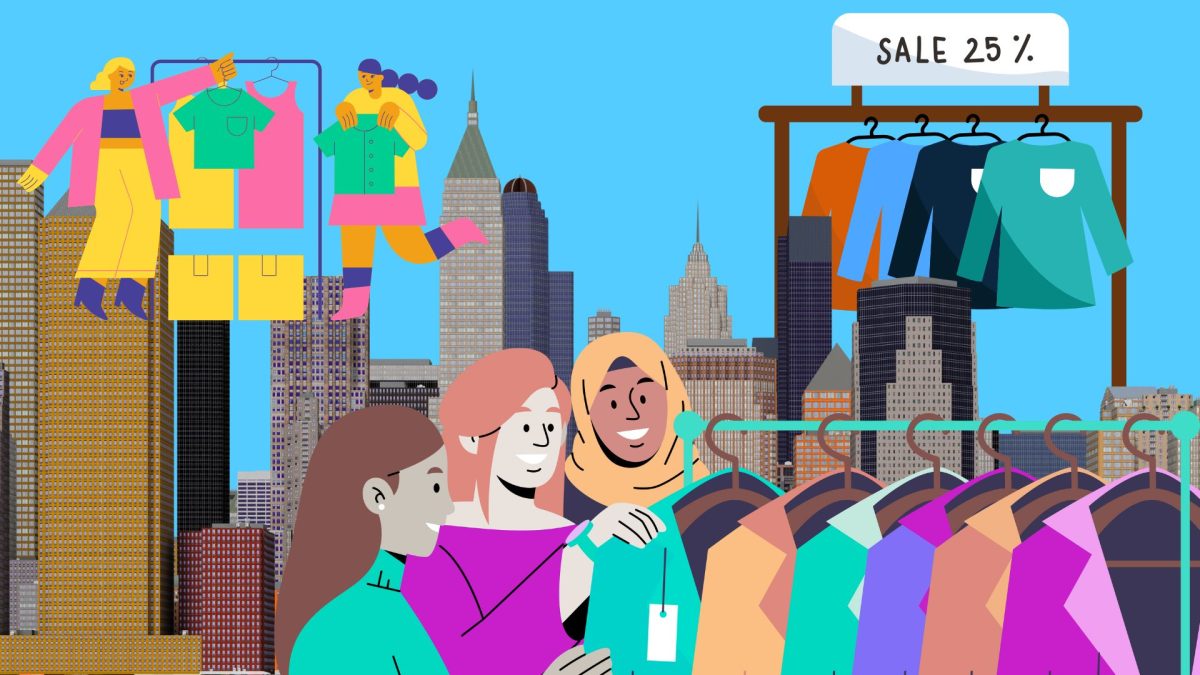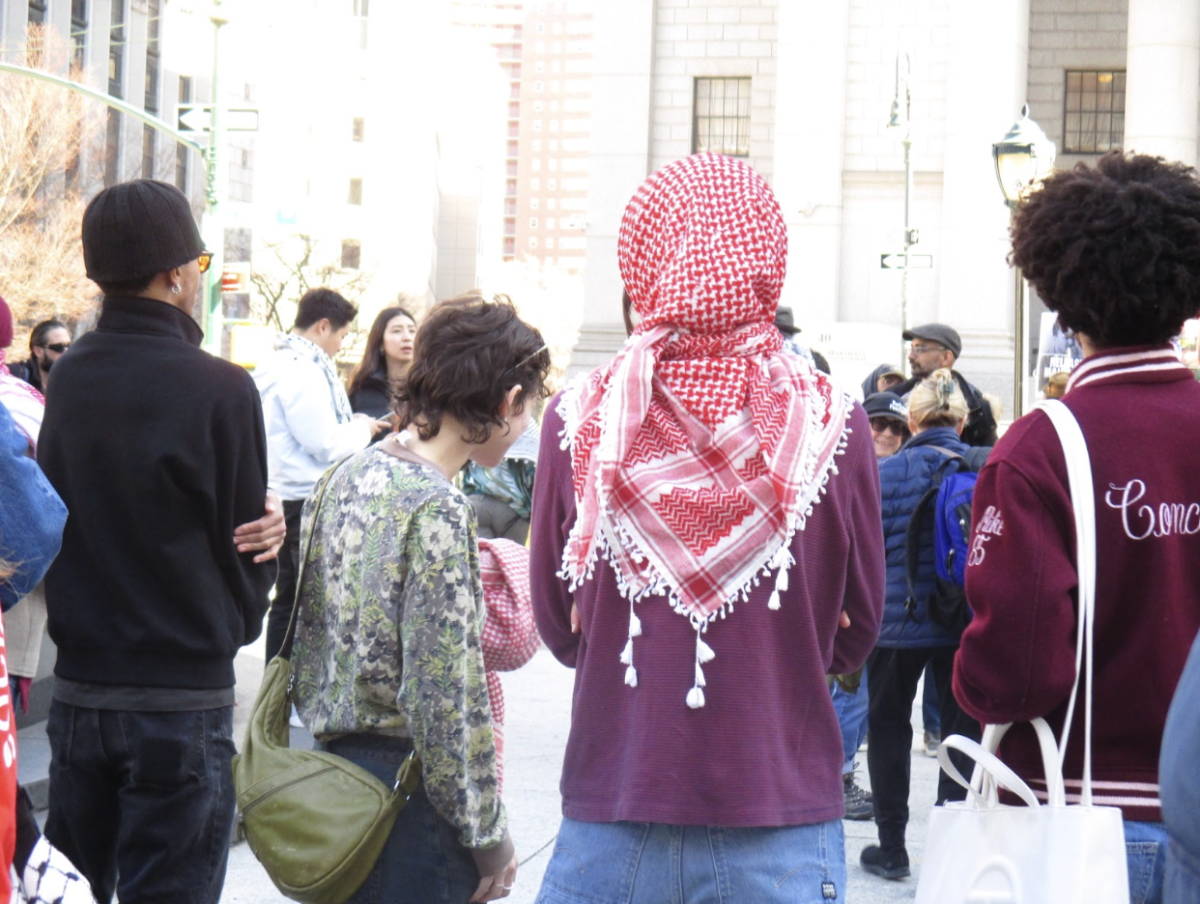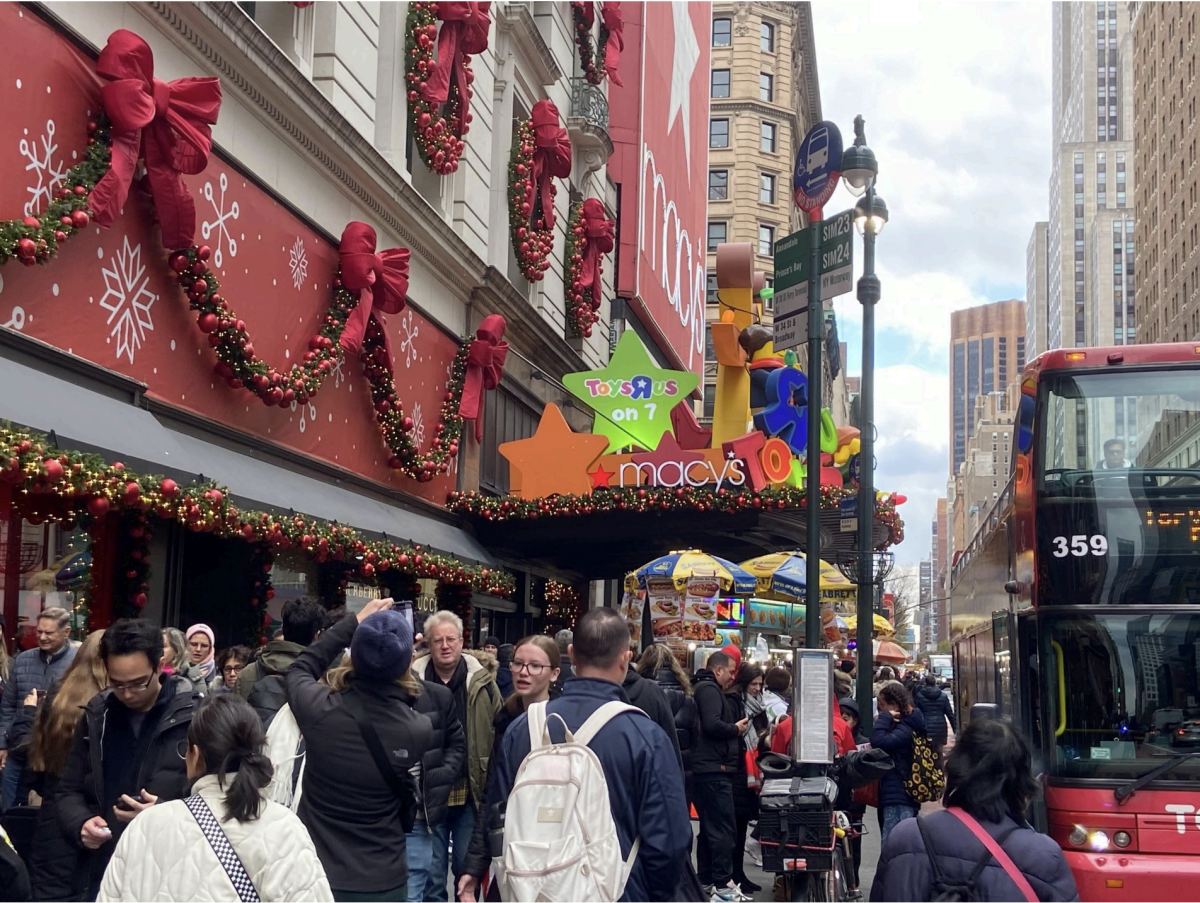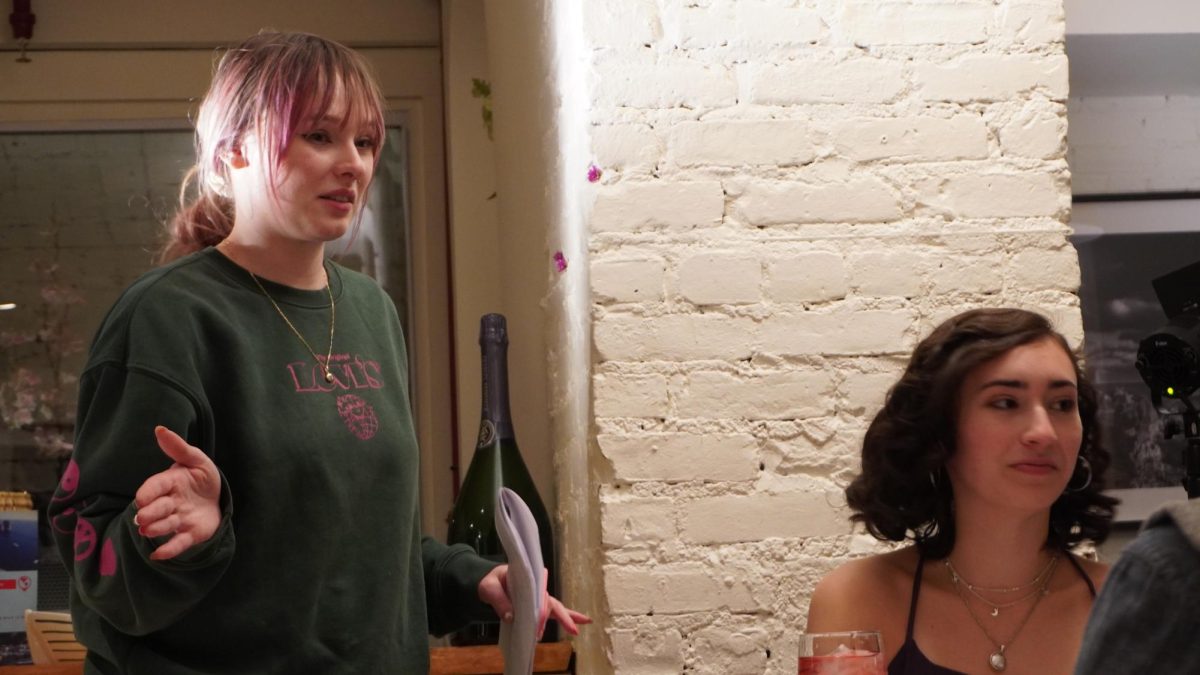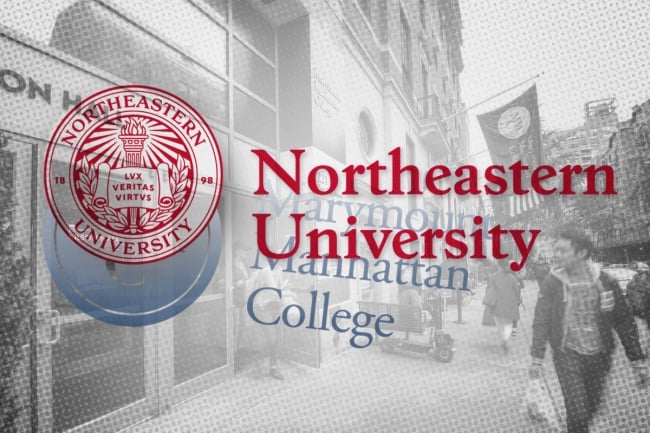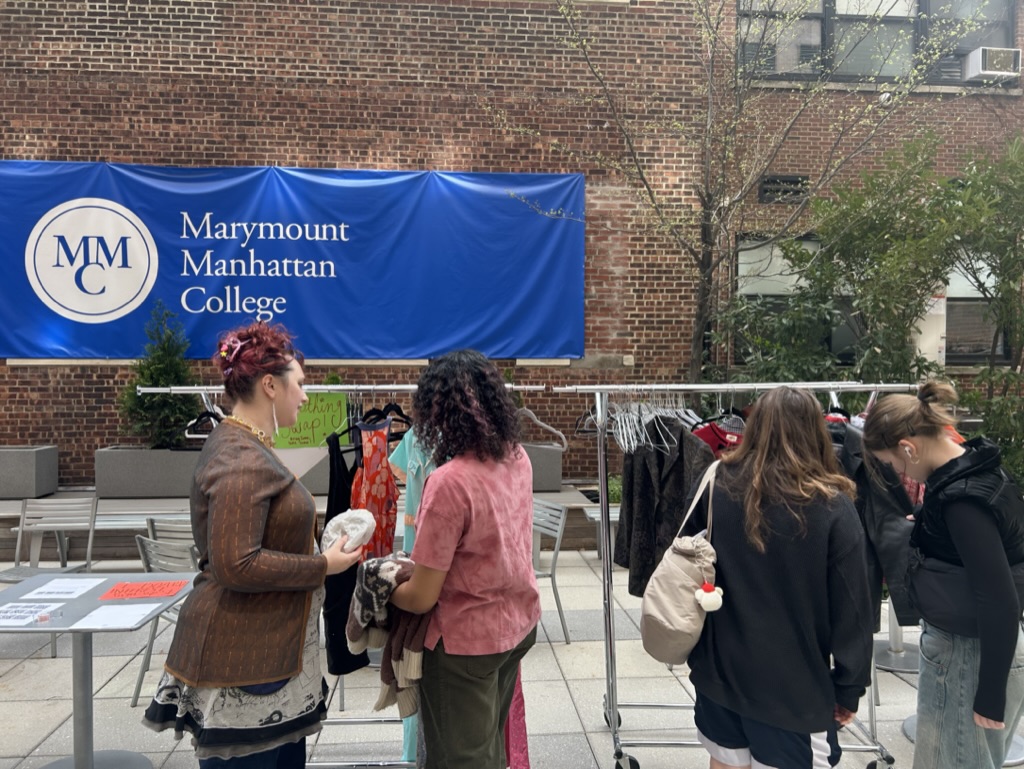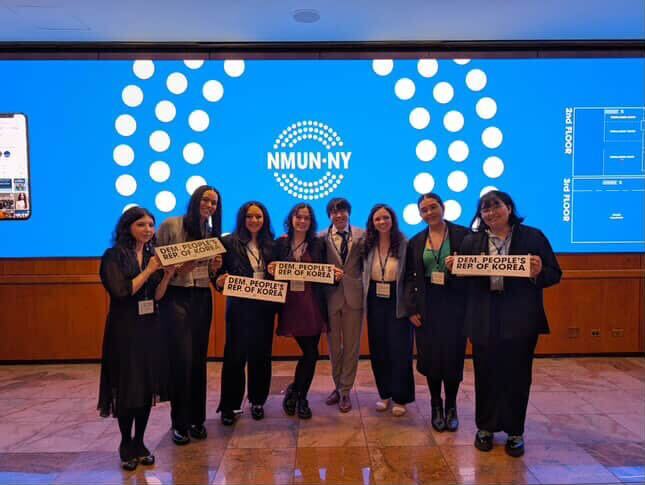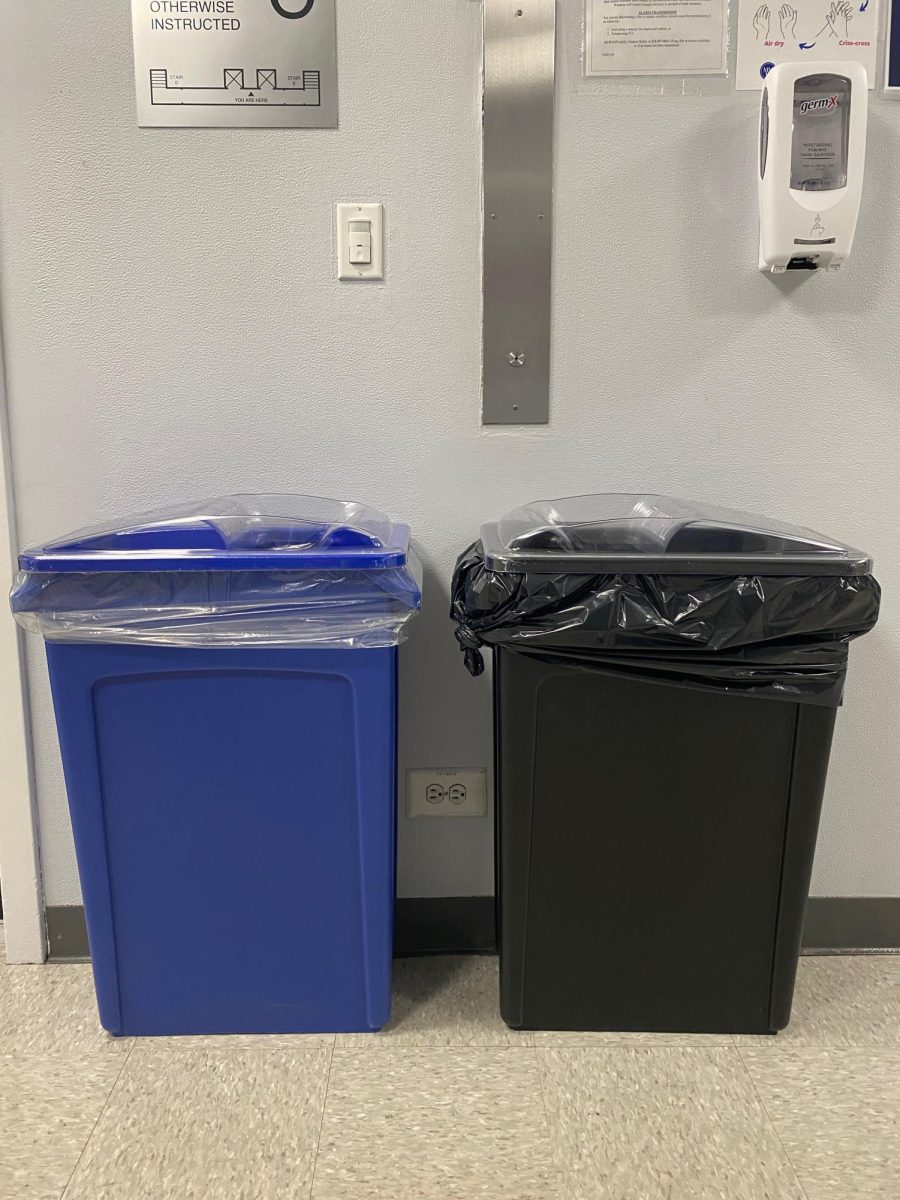On one corner of Jackson Heights in Queens, Bangladeshi street vendors sell Islamic goods ahead of Ramadan. Around 8 miles away in Manhattan’s Washington Square Park, a South Indian food cart has been selling dosas for two decades. From impromptu unlicensed street vendors to licensed mainstays, New York City’s diverse food and ethnic cultures are on display.
“I got my license long ago back in the early 2000 and it took me around 5-8 years to get the permit for the truck, but for my friend it took around 9 years.” says Steve from the street truck of Empire Halal Kabab & Grill on 3rd avenue of 65th street. They are well known for their Afghan delicacies especially rice pudding.
Oysters, Falafel and Dosas would not have tickled the taste buds of New Yorkers, had it not been for the food carts that lined the streets of NYC. Street food vending has been one of the biggest immigrant-run-businesses in New York City since the 1800, until the capping of food vending permits were introduced under Mayor Ed Koch in 1980s. Unfortunately, the consequences of this cap on vendor permits persists today as the city still struggles to make enough licenses available to meet the demand.
In 2021, the implementation of a new local law called Supervisory License aimed to change how mobile food vendors obtain year-round mobile food vending (MFV) permits, with plans to increase the number of permits by 4,450 through 2032. However, the progres of this system has been slow owing to the backlog of a lengthy waiting list that hinders the distribution of new permits.
Despite efforts to reform the system, there are around 4000 licenses available to street food vendors and that has remained stagnant for over 20 years. In some neighborhoods, beyond 90% of street vendors on the streets are also unlicensed today. Many unlicensed street vendors have never had an interaction with the city to formally know about the regulations that they need to abide by; There are street siting regulations meant to protect pedestrian safety, health regulations for food safety, taxes and other federal regulations.
“In my district, Fordham Road is a street where street vending is not allowed but it is full of street vendors today. As a policy maker, I have to create policies that incentivise the behavior, so that people would want to obtain a license and operate within the bounds of an orderly structure. This is what I want to convey to the public as well, we can’t fix street vending in NYC by arresting and ticketing everybody and we do not have the capacity to do it.” says Pierina Ana Sanchez, 35 Council Member of the 14th district of the New York City Council.
The Street Vendor Project is an association based in New York that is home to over 2,000 street vendors, predominantly immigrants. For more than 2 decades, they have been advocating towards legitimizing street vending as a lawful job opportunity for immigrants and honor the tradition of diverse street vending businesses. They are currently launching a campaign program called ‘Hire A Vendor’ which is aimed at building a system that can provide catering opportunities to the street food vendors.
A new bill Int 0024 has been introduced in the Committee on Consumer and Worker Protection about permitting street vendors to vend within two feet from the curbs of NYC, thereby potentially limiting pedestrian space for the new yorkers. According to a survey conducted by the New York City Department of Transportation, 57% of new yorkers travel on foot which includes commuters to work or college, dog walkers and tourists. The data clearly demonstrates the need to refrain from limiting the pedestrian space as it will cause greater distress among the pedestrians.
“It is not uncommon for a vendor to accidentally be in violation of these rules, so these rules need to be simplified and made more clear in a way that respects the fact that traffic needs to flow on the sidewalk and that vendors are an important part of the sidewalk as well as the public space of New York City.” says 29 year old Calvin Harrison, an organizer from the Street Vendor Project.
The NYC Independent Budget office had conducted an analysis projection of what would happen if the cap was lifted off street vending licenses. They found out that lifting the cap off street vending will not necessarily increase the number of street vendors on the street. It would just bring those street vendors operating in the shadows to the light and into the regulatory structure. This means that there could be the same number of street vendors of today selling tomorrow with licenses and much fewer conflicts in terms of sidewalk regulations, pedestrians, and safety measures.
In the previous administration, Mayor Bill de Blasio had removed the street vending enforcement from the NYPD and handed it to the Department of Consumer and Worker Protection. The enforcement officers of the DCWP are civilians who are not armed and give tickets to the law breakers. A part of this rationale in moving the enforcement away from the NYPD to DCWP was to limit criminalization and further discriminate against street vendors.
“However after Eric Adams became the mayor, he changed the enforcement agencies again from DWCP to the Sanitation department. The sanitation department officers are police officers, who may carry arms and are much more official and scary to street vendors. The sanitation department has taken the approach to sweep certain corridors, throw away the goods and give fines to the vendors. But the NYPD is still not supposed to be a part of the enforcement regime.” says Sanchez.
However, There have been incidents reported, where NYPD intervened with the enforcement to dismiss the street vendors from selling without license and threatened to take away the goods. The license permit crisis has impacted many potential street vendors by limiting their dream to only reach the everlasting waiting list for years and compelling them to turn towards other means irrespective of the legality. “The biggest challenge for the street vendors is the access to permits legally and not having to find a permit on the black market or work without a permit. I know people who are numbered 4000 on the waitlist and right now the NYC claims that it is going to release 400 permits a year but they haven’t made it clear whether they would release them all on Jan 1st or on a monthly basis.” says Harrison.
The bill Int 1270, sponsored by Pierina Ana Sanchez and other council members to lift the cap off the Mobile Vendor permits, was introduced last December. A hearing was conducted at the NYC Council, however, since it did not get passed by the end of 2023, it had to be re-introduced at the new council session of 2024. The new bill, Int 0431, hasn’t had a hearing since it was introduced in February this year.
The lack of a concrete system to manage the vendor licensing in NYC is not only deterring the dreams of many entrepreneurs but also restricting a major source of revenue for this city. “What controls how many vendors are on the street is the demand and the fact right now is that there is enough demand that people are working without permits.” says Harrison.
Lifting the caps on licenses is not the only reform needed for street vending in New York. The Council Member Brewer and Amanda Farias sponsored Intro 1275, to find a solution to keeping vendors on the bridges. Mayor Eric Adams recently banned street vendors from all of NYC Bridges following an overcrowding incident at the Brooklyn bridge earlier this year. “I think it’s important to remember that ultimately Brooklyn bridge is a tourist site and street food and souvenirs are what happens on a tourist location and that’s what the vendors have been providing to the tourists.” says Harrison.
“The bill Intro 1275, would only limit vending on bridge walkways and approaches to paths that are at least 16 feet wide, and require sellers be at least 20 feet apart from one another. At the Council we are working hard to ensure there is not a full ban of vendors on bridges as it affects the livelihood of many vendors and the fabric of our City.” says Amanda Farias, 34 Democratic City Council Member for the 18th district of the New York City Council.
The issue of overcrowding at the Brooklyn bridge is indeed a growing concern, however to what extent has this measure of banning vendors been helpful is a major question as well. Nevertheless, the struggle for the street vendors of NYC still remains an ongoing battle against the rising rates of inflation and competition in this thriving industry.
“The street vending in NYC is broken. Our existing regulatory framework with a cap on licensing is insufficient and the seemingly arbitrary law enforcement is not meeting the challenge. This is an issue of justice and dignity for workers who provide for their families.” says Sanchez.





